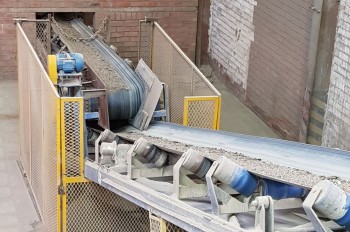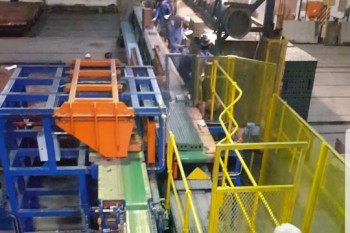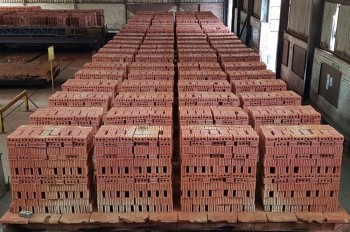Algoa publishes latest Sustainability Report
Algoa Brick recently published it's latest Sustainability Report. Ongoing monitoring and reporting across key sustainability indicators is pivotal to sustainable transformation.
This sustainability report is based on an extensive data gathering effort through the online sustainability monitoring and reporting portal in collaboration with clay brick producers across South Africa. The report can be used at a management level, to assess the overall sustainability performance, as defined across the nine sustainability categories contained in the clay brick sustainability framework.
Continuous improvement as far as data quality is pivotal to companies being able to accurately measure and track their own sustainability performance, but also for accurate sector-level sustainability benchmarks to be formulated. This will be developed on an ongoing basis, from lessons learned in the project and brick manufacturers becoming more familiar with data entry in the sustainability portal and the benefits of sustainability reporting.
Key Sustainability Indicators
Emissions & Resource Use
- Production emissions intensity is measured as total GHG emissions per tonne of saleable brick produced. In 2019, emissions stood at 0.25 tCO2e per tonne of brick, which is 9.5 percent lower than the sector average over the 2015 – 2017 period.
- Transport emissions intensity is measured as total GHG emissions per tonne of saleable brick. In 2019, transport emissions were 0.004 tCO2e per tonne of brick, which is 20.57 percent lower than sector average over the 2015 – 2017 period.
- Production energy efficiency is measured as the energy consumed in gigajoule (GJ) per tonne of saleable bricks produced. In 2019, total energy used was equal to 2.86 GJ/tonne saleable bricks, which is 6.1 percent lower than the 2015 – 2017 sector average.
- Alternative energy use accounts for 2.1 percent of the total energy consumed. This is 126.9 % improvement on the 2015 – 2017 sector baseline average.
- Total water consumption in litres per tonne of saleable brick is the main measure of water efficiency in production. In 2019, Algoa Brick consumed 115.9 litres of water per tonne of brick. This is 45.8 percent lower than the 2015 - 2017 sector average.
- Alternative water supply relates to the water consumed from non-mains sources as a share of the total water consumed in the brick production process. Overall, 37.9 percentage of water was consumed from alternative sources in 2019. This is 41.4 percent lower than the sector average for the 2015 – 2017 period.
Waste & Recycling
- Waste: Discarded brick efficiency is measured as the total amount of discarded bricks as a share of total saleable bricks. Overall, the discarded brick efficiency for Algoa Brick in 2019 was 5.93 percent. This is lower than the sector average over the period 2015 – 2017.
- Brick recycling is approximated by taking the share of the quantity of discarded bricks that is recycled or fed back into the production cycle. Algoa Brick recycled 30 percent of its discarded bricks in 2019, which is lower than the average of the sector.
Socio-Economic Impact
- Permanent employment is determined by the number of permanent staff divided by the total number of employees of the company. The percentage of permanent employment was 91.6 percent in 2019. This is higher that the sector average over the period 2015 – 2017.
- Employee empowerment is measured by the number of employees participating in learnerships, apprenticeships and internships as a share of total employment. In 2019, this number was 4.6 percent, compared to a sector average of 1 percent.
The report is structured in line with the nine sustainability categories and reflects Algoa Brick‘s annual performance with respect to the KSIs in each category, as well as the sector benchmark (where applicable) for each KSI. The sector benchmarks are indicated with a black horizontal line in the charts in each section. Where the financial year differs from the calendar year, the data shown for the baseline years are reported in terms of the financial year, while subsequent years from 2018 onwards are based on a calendar year in line with global practices.






